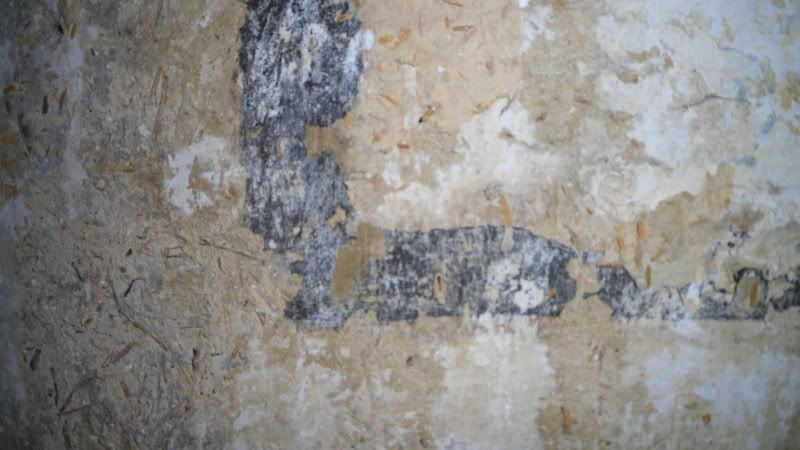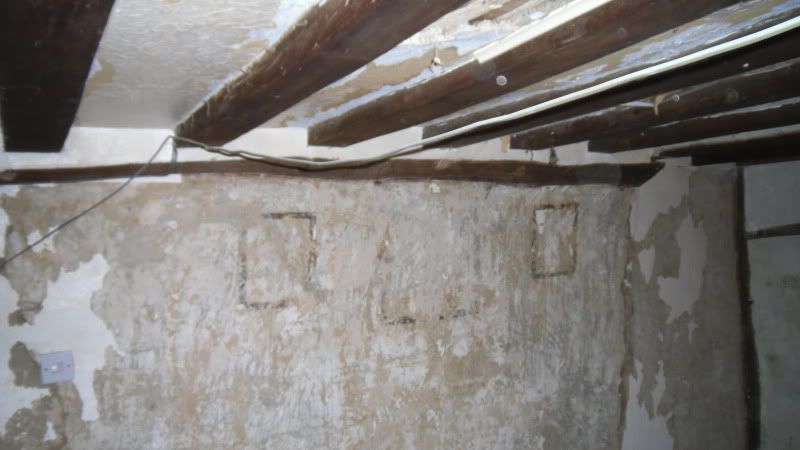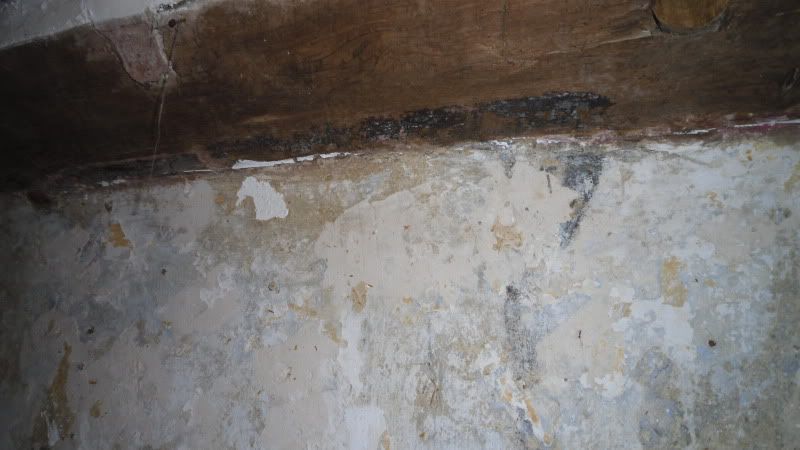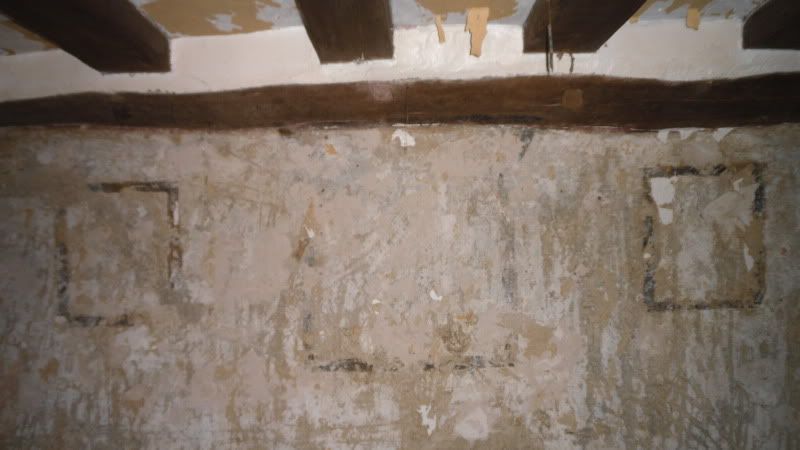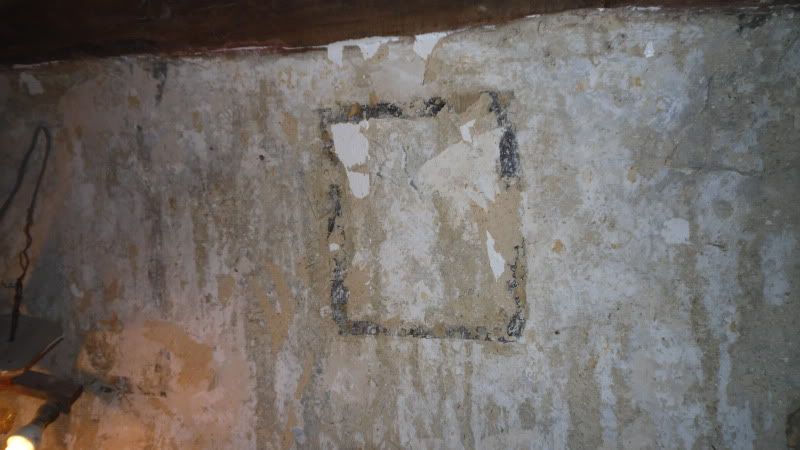Gareth Hughes
Member
- Messages
- 2,741
- Location
- In the wilds of East Anglia
...non-lime-plastered, plastered wall; non-lime-ash, lime ash floor; or painted exposed beam!
I've had a fascinating day of talks and visits relating mainly to church interiors, but two of the speakers added what was (to me) new knowledge about domestic interiors which had most of us in the audience wincing about the number of times we've seen precisely the things they were illustrating and dismissing them as modern and/or of no importance. I pass these on as it may save things that are under constant threat.
1. David Carrington, of The Skillington Workshop, who specialises in the conservation of church monuments and such things (but also has a passion for lime-ash floors), spoke about the early use of gypsum. Just because it's not lime (especially if you're in the Midlands), doesn't mean it's not early. Old gypsum plaster may be subtly different from modern, but - for example - the infill panels at Little Moreton Hall are largely 16th and 17th century gypsum, not lime, plaster. Gypsum plaster on daub and as a flooring material is found in buildings of every status.
2. Wall painting conservator, Andrea Kirkham, talked about domestic decoration. In Eat Anglia (at least) in the late 16th / early 17th century, it was fashionable to leave internal timbers exposed (ie, not plastered over) and to paint them - black, grey or red seem to have been popular. This enabled the homeowner to create the first impression of better quality (straighter, squarer) timber than might be the case, by carrying the painting onto the adjacent wall surface. They even painted completely fictitious beams on the wall surfaces.
The current taste for assuming (as I had) that internal timbers were usually, historically, covered; and worse, the current fashion for poultice stripping or sandblasting them, is destroying the evidence for these stark but striking interiors. It's also not the case that painted decoration (not only this type, but even more so, the swirls, arabesques and faux-panelling more familiar as wall paintings of the period) is only found in higher-status houses. Anyone who had even a little disposable income (down to the occupants of little two-room cottages) would have popped down to Ye B and Q and got painting.
Even the blank spaces in painted rooms may have formed part of the intended effect - and there are even cases of blank spaces caused by painting the decoration around great aunt Maud's unmovable wardrobe.
Just passing on the info. I'll be looking more carefully in future.
I've had a fascinating day of talks and visits relating mainly to church interiors, but two of the speakers added what was (to me) new knowledge about domestic interiors which had most of us in the audience wincing about the number of times we've seen precisely the things they were illustrating and dismissing them as modern and/or of no importance. I pass these on as it may save things that are under constant threat.
1. David Carrington, of The Skillington Workshop, who specialises in the conservation of church monuments and such things (but also has a passion for lime-ash floors), spoke about the early use of gypsum. Just because it's not lime (especially if you're in the Midlands), doesn't mean it's not early. Old gypsum plaster may be subtly different from modern, but - for example - the infill panels at Little Moreton Hall are largely 16th and 17th century gypsum, not lime, plaster. Gypsum plaster on daub and as a flooring material is found in buildings of every status.
2. Wall painting conservator, Andrea Kirkham, talked about domestic decoration. In Eat Anglia (at least) in the late 16th / early 17th century, it was fashionable to leave internal timbers exposed (ie, not plastered over) and to paint them - black, grey or red seem to have been popular. This enabled the homeowner to create the first impression of better quality (straighter, squarer) timber than might be the case, by carrying the painting onto the adjacent wall surface. They even painted completely fictitious beams on the wall surfaces.
The current taste for assuming (as I had) that internal timbers were usually, historically, covered; and worse, the current fashion for poultice stripping or sandblasting them, is destroying the evidence for these stark but striking interiors. It's also not the case that painted decoration (not only this type, but even more so, the swirls, arabesques and faux-panelling more familiar as wall paintings of the period) is only found in higher-status houses. Anyone who had even a little disposable income (down to the occupants of little two-room cottages) would have popped down to Ye B and Q and got painting.
Even the blank spaces in painted rooms may have formed part of the intended effect - and there are even cases of blank spaces caused by painting the decoration around great aunt Maud's unmovable wardrobe.
Just passing on the info. I'll be looking more carefully in future.

